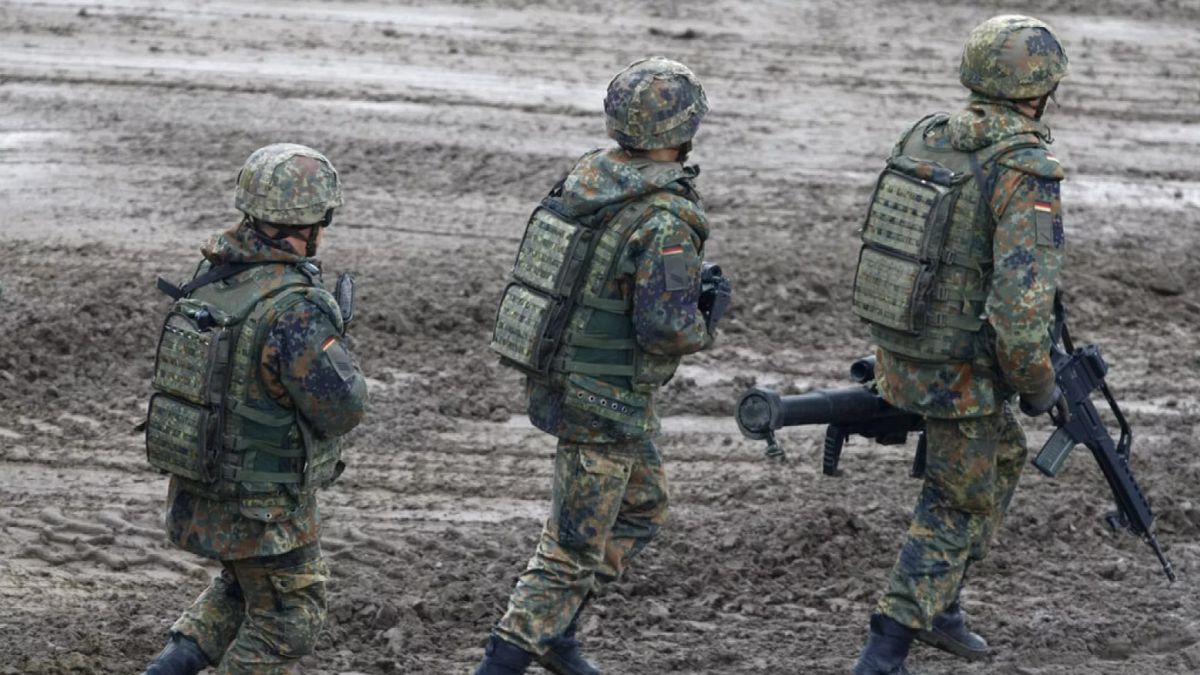Published on
Germany’s armed forces, the Bundeswehr, are set to undergo a transformation in the coming years with the introduction of a new camouflage pattern intended to replace the current uniform.
According to Hartpunkt defence news portal, all soldiers are to be equipped with the new “multi-camouflage print” by no later than 2029.
The German Ministry of Defence confirmed to military publication Augen geradeaus that it is currently working on supplying troops with updated combat gear, in line with the newly designated personnel size of 460,000 troops.
“To achieve this, we’ll begin urgent procurement to quickly boost our supply of combat clothing. At the same time, we’ll set up long-term contracts to ensure a steady supply and replacement of this gear, including plans for a gradual switch to the new multi-camouflage pattern. Since the process is still ongoing, we can’t yet give a clear timeline or cost estimate,” the ministry stated.
The new camouflage design had previously been reserved exclusively for special forces units. The decision to roll it out across the entire Bundeswehr reportedly followed an extended internal debate.
For years, the ministry had resisted a full-scale introduction of the pattern, but now a concrete plan is in place. The phased transition is set to begin in 2026, with full implementation targeted for 2028 and 2029.
The change was brought on for tactical and security reasons. A study conducted by the Wehrwissenschaftliches Institut für Werk- und Betriebsstoffe, the research body of the German army, found that the multi-camouflage pattern provides better concealment across a range of operational environments, particularly in urban settings.
Another reason for the shift is to prevent special forces from standing out during joint operations. Until now, only elite units such as the Army’s Special Forces Command (KSK) and the Navy’s Special Forces Command (KSM) wore the pattern, which made them easier to identify in the field.
The pattern is considered highly adaptable, especially given climate-related changes to natural landscapes and recent battlefield experience, including Russia’s full-scale invasion of Ukraine.
Read the full article here


